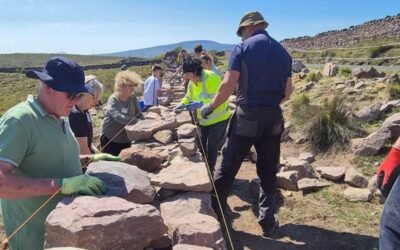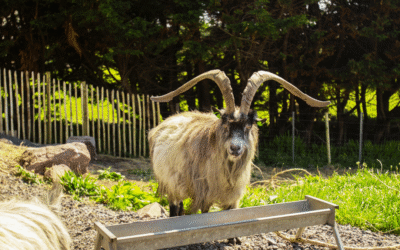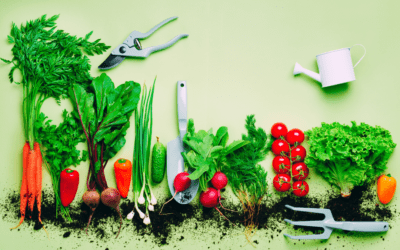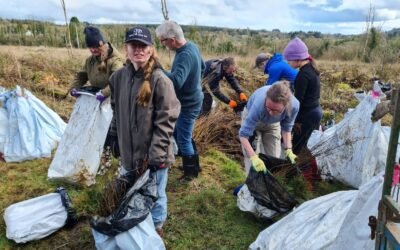What started as a small, hands‑on community weekend became an example of regenerative tourism (where vistors make a place better while they visit it): visitors learn a traditional craft, rebuild a section of wall, and leave a visible legacy on the Great Western Greenway.
Case Studies:
Biodiversity
Working with Nature: The Rosmurrevagh Dunes Conservation Project
The Rosmurrevagh Dunes Project is a very strong example of community-led ecological restoration based in observation, care, and long-term commitment. Started by local farmers in 1996, the project began as an answer to bad erosion and . Over time, it became a leading example of learning together and how to protect the land from the sea using natural ways and not just building walls. Today, Rosmurrevagh is known as one of Ireland’s strongest sand dune systems. This was not just against erosion from the sea, but because the community learned to work with nature.
Old Irish Goat Project – Reviving Heritage for a Resilient Future
What started as a search for a lost native breed has grown into one of Ireland’s most innovative examples of community-led climate action. In Mulranny, County Mayo, a local group came together to protect the Old Irish Goat — a rare and ancient animal deeply connected to Irish culture. Today, their work blends conservation, education, and land management in ways that support both biodiversity and climate resilience.
Westside Community Organic Garden: Growing Together for Sustainability (Case Study)
In the heart of Galway’s Westside, a city community turned land that was not being used into a growing centre for biodiversity sustainability, and connections between people. Set up in 2011, this project which is led by volunteer gives locals the power to grow local food. It helps people in the community work together and improve how we look after the land. It’s more than just a garden—it’s a living space where people come together to look after both the land and each other.
Coill Chormaic: A Community-Driven Model for Sustainable Forestry (Case Study)
Discover Coill Chormaic, a cooperative forestry project that was inspired by the life of Cormac ó Braonáin, a passionate campaigner for nature. This project brings together family, friends, and neighbors to plant a native Irish forest that supports the joined-up web of living things and how local people in a community get on with eachother. It’s about more than just planting trees; it’s about creating a space where a community working together meets looking after nature.





